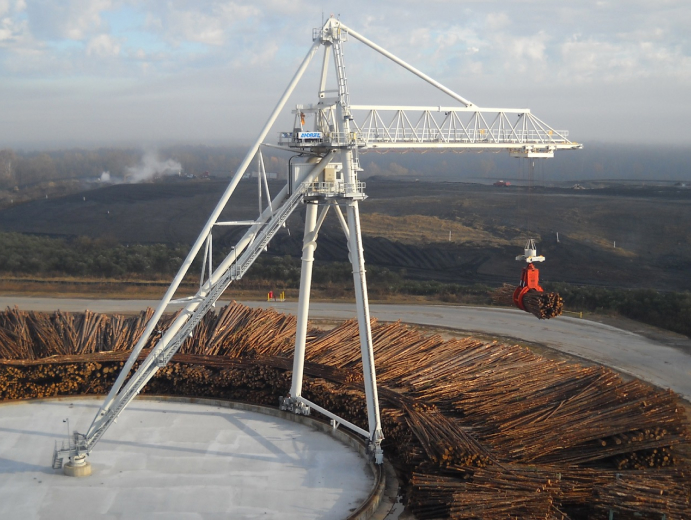Provide the plant managers with KPIs about the crane’s performance.
PSIORI’s shift log describes the crane’s activities during the last shift or any other
arbitrary period. It is provided as a PDF or via a web-based tool (supervisor UI). It allows
management to view the crane’s performance over time and evaluate performance on a
day-by-day (or shift-by-shift) basis. Crane performance metrics include among others tons of logs shifted to deck and stack, net inventory change, number of pick-up and
deposit events, movement totals by axis, and even the change in the shape of the log
pile.
The supervisor UI is a mobile phone-compatible web-based dashboard for the plant
supervisor and management that shows selected key performance indicators (shifted
weight, number of deposit events...) during any given period (shift, day, week...). It also
shows a live video from the crane’s cameras.

 German
German 